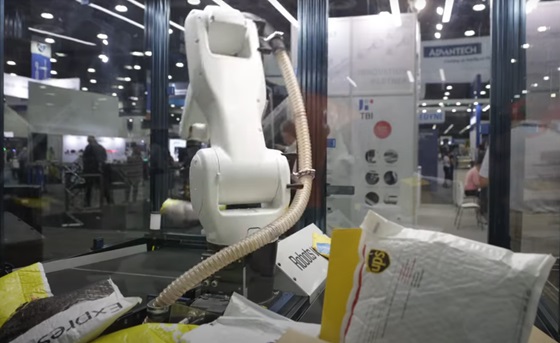Plus One Robotics, specializing in AI vision software for robotic parcel handling, recently announced its achievement of over 1 billion picks by its fleet of parcel induction and depalletization robots. This milestone underscores the company’s role in the field of robotic automation, particularly in enhancing supply chain productivity.
Erik Nieves, co-founder and CEO of Plus One Robotics, highlighted this achievement as a testament to the trust their customers have in their technology and the dedication of their team. He reflected on the company’s journey from its inception, with a focus on creating robotic solutions to improve warehouse operations and reduce the need for manual labor in low-value tasks. The company’s systems are now utilized by major global brands to improve efficiency, accuracy, and speed in their operations.
The relevance of this development is particularly pronounced in the current logistics industry, which is under strain due to the rapid growth of e-commerce. With online shopping comprising a considerable portion of total global retail and expected to grow further, traditional fulfillment methods are being pushed to their limits. Warehouses are increasingly facing challenges with the rising volume and diversity of orders, often leading to operational inefficiencies and errors.
To address these challenges, Plus One Robotics offers PickOne, an AI-powered vision software, and Yonder, a remote supervisor service. Yonder enables remote Crew Chiefs to provide real-time guidance to robots, achieving over 99% accuracy in picking. This system addresses issues such as labor costs and safety concerns in warehouses, while also allowing for swift adaptation to new products and SKUs.
The extensive data collected from a billion picks enhances Plus One Robotics’ capability as a partner for scaling operations. The human-in-the-loop feature of their technology helps robots quickly learn and adapt to new SKUs, increasing their autonomy and intelligence over time.
Nieves believes that the collaborative approach between humans and robots represents the future of warehouse innovation. He anticipates that the current successes are just the beginning, with potential for further advancements in robot applications within the warehouse sector.

